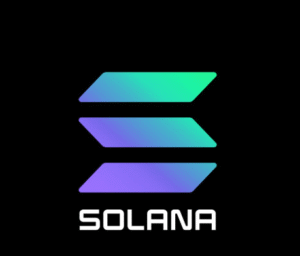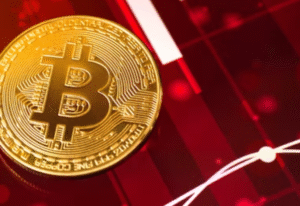$ETH $SOL
#Ethereum news has taken a significant turn as John Bollinger, the creator of Bollinger Bands, indicates that both Ethereum and Solana are potentially forming “W” bottoms. In a recent post on X, he highlighted these patterns while notably excluding Bitcoin from his observations. He stated, “Potential ‘W’ bottoms in Bollinger Band terms in ETHUSD and SOLUSD, but not in BTCUSD. Gonna be time to pay attention soon I think.” This comment has stirred excitement in the crypto community, as Bollinger’s insights are often seen as pivotal.
Can Ethereum and Solana’s W Bottoms Signal a Bollinger-Legendary Market Turnaround?
Bollinger’s emphasis on “Bollinger Band terms” underlines the technical significance of his observations. In traditional Bollinger analysis, a “W” bottom represents a two-trough reversal pattern where the second low remains above the first. This pattern typically features a volatility signature, including an initial band expansion, followed by contraction, and crucially, no lower lows at the bands on the second leg.
Moreover, a robust “W” bottom often sees the second low forming within the bands or showing a positive divergence against the lower band. This is usually accompanied by a “pinch” of the bands and a subsequent move through the middle band, leading to an upper-band walk. Bollinger’s choice of words—“potential” and “time to pay attention”—indicates that in his analysis, pattern recognition precedes confirmation. The validation trigger lies in how prices interact with the middle and upper bands rather than merely the shape of the price lows.
The urgency of Bollinger’s commentary is amplified by its rarity. As crypto trader Satoshi Flipper pointed out, “John Bollinger makes barely one crypto call per year and hasn’t made one for ETH in three years until yesterday. Each call he makes often marks generational bottoms. He just told us SOL + ETH have bottomed, now imagine fading this legend.” This statement reflects the market psychology surrounding Bollinger’s infrequent yet technically sound alerts, which many traders view as cycle-defining.
Interestingly, Bollinger’s last notable Ethereum call was on September 9, 2022, when ETH surged from $1,290 to $4,000. This historical context underscores the impact of his analyses. Earlier this year, on April 10, Bollinger identified a similar “W” bottom setup in Bitcoin, which subsequently led to a 55% rally.
The current market nuance is the explicit exclusion of Bitcoin from Bollinger’s latest observations. If ETHUSD and SOLUSD are forming “W” structures while BTCUSD is not, this indicates a temporary decoupling in volatility and strength among these cryptocurrencies. A non-confirming Bitcoin might lag into later confirmation, remain range-bound, or fail its own setup if it cannot reclaim the middle band.
For Ethereum and Solana, confirmation would generally involve sustained closes above the 20-period moving average, which is the Bollinger middle band. If these conditions are met, it could lead to a disciplined advance that converts the upper band from resistance into a support guide. A healthy “W” bottom sequence typically avoids immediate vertical band overthrows and instead develops a stair-step profile with periodic mid-band checks.
However, failure could arise if there’s another lower-band excursion that undercuts the second trough or if volatility widens the bands without directional follow-through. Both scenarios would indicate an incomplete base, necessitating caution among investors.
As of now, ETH is trading at approximately $4,037, making it crucial for traders and investors to monitor these developments closely.
For more insights into the evolving crypto landscape, visit our crypto section.
Additionally, for those looking to engage in crypto trading, you can find useful resources at Binance.
#CryptoAnalysis #BollingerBands #Ethereum #Solana #MarketTrends #CryptoInvesting #PriceAction #TechnicalAnalysis







Comments are closed.